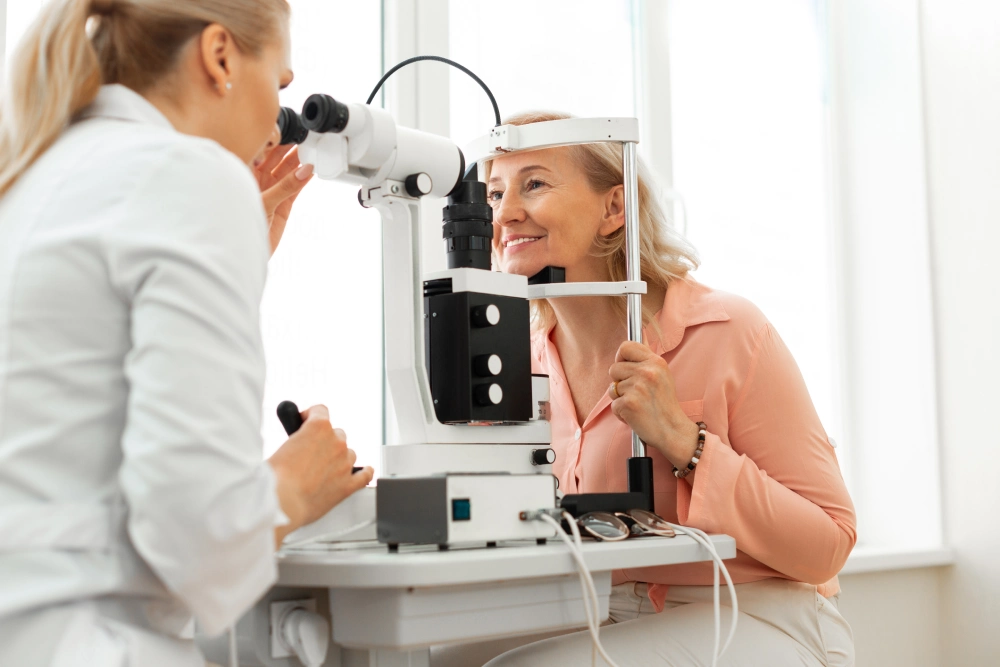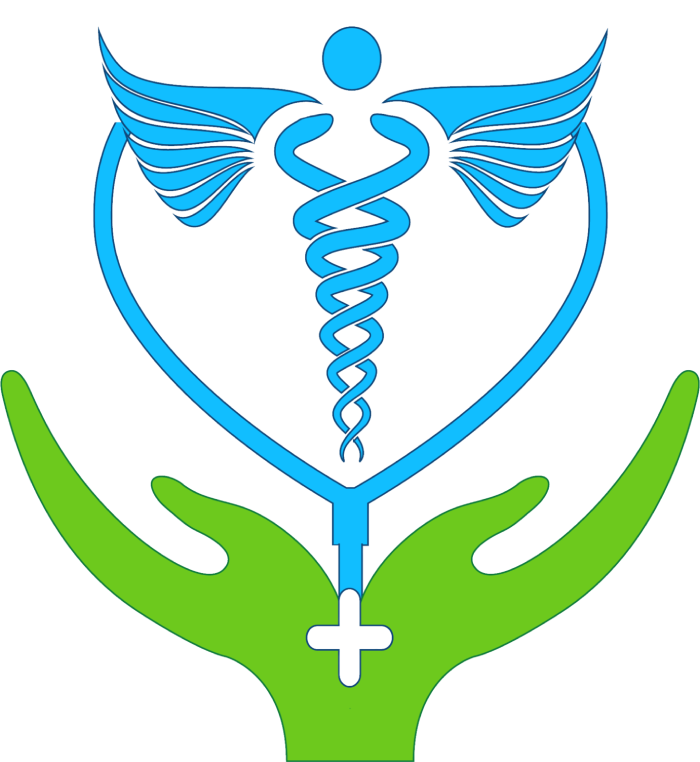
Eye Treatment in Turkey
Our eyes are one of the most delicate and valuable organs of our bodies. They let us connect with the world we live in both visually and emotionally. The value of the ability to see is immeasurable without a doubt and any disease or harm that might strike our eyes are terrifying and the potential damage might be irreversible. But luckily, treatments related to eye diseases are as numerous as the diseases themselves. Let's take a deeper look into treatment methods used in the ophthalmologic department.
What does Opthalmology Deal With?
Astigmatism
This disease is one of the defects in the refraction of light. The reason for the formation of the disease is that the eye rays cannot focus on the retina and cannot be refracted in their normal course. With the emergence of astigmatism eye defects, people will see both far and near blurry. Glasses are the first choice for those with astigmatism. Patients have several options for regaining clear vision. Glasses are one of the options, and glasses contain a special cylindrical lens that compensates for astigmatism. This requires additional strength in certain parts of the lens. Generally, a single-vision lens is recommended for clear vision at any distance. However, additional lenses may be required for patients over the age of 40. Contact lenses are also an option. Some people have better vision with contact lenses rather than glasses. Contact lenses can provide clearer vision and a wider field of view. However, because contact lenses are worn directly on the eyes, they require regular cleaning and maintenance to protect the eyes. Standard soft lenses may not be effective in correcting astigmatism. However, special toric soft contact lenses can correct many types of astigmatism. Because rigid gas-permeable contact lenses retain their normal shape while on the cornea, they can compensate for the irregular shape of the cornea and improve vision.
Myopia
Myopia is one of the most common eye defects. It begins to appear at the age of 8-12, especially in children in the developmental age. With myopia, the back of the eye is longer than normal and the light will not be refracted adequately. For this reason, people will see very blurry as they cannot see far away clearly. The disease can be eliminated with contact lenses or glasses with concave lenses in order to provide clearer vision as there are problems at long distances. These of course just help to sharpen the angle of view. Laser therapy is available as a permanent procedure for the treatment of myopia. With the Excimer Laser method, the patient's eye disorders are treated. The myopia treatment of laser operation is up to 12 degrees. With patients who are not suitable for laser operation, a process called smart lens can be applied to the eye. The examinations of the ophthalmologists will determine whether your eyes are suitable for laser treatment.
Hypermetropia
One of the most important causes of hyperopia eye disease will be that the diameter of the anterior posterior part of the eye is shorter than normal. Hypermetropia, which usually occurs at an advanced age, people can see near and unclearly. Along with this, there is no problem in seeing far for patients with hypermetropia.
Cataract
In patients with cataract disease, there is a loss of transparency in the lens of the eye.
The transparent structure consisting of protein and water will lose its clarity over time with the accumulation of small protein molecules. This loss causes people to see foggy, dark, and blurry. A cataract is a common ailment in people over 50 years of age. Cataracts are a type of eye disease that seriously affects the quality of life as well as eye health. Cataract manifests themselves with signs such as double vision, blurred vision, and deterioration of night vision, causing a decrease in vision over time. This disease, which affects the patients’ standards need medical attention as early as possible. Contrary to most known diseases, medicinal treatment of cataracts with drugs is not possible. Such a surgical operation is performed as the only treatment for cataract disease. Cataract surgery is performed with a laser and with highly advanced technologies. The patient who will undergo the cataract surgery is recommended to receive the surgery by an ophthalmologist who is an expert in this operation.
Conjunctivitis
Conjunctivitis is an inflammation of the thin membrane that occurs in the white layer of the eye. Conjunctivitis is caused by allergies, pollution, bacteria, and/or viruses, which cause a significant increase in blood flow in the eye. Conjunctivitis disease manifests itself as burrs and adhesions in the eyelashes. When this disease occurs in allergic conditions, watering of the eyes, redness, and itching occur.
Glaucoma
Glaucoma is one of the eye diseases that seriously damage the optic nerves. If for any reason, the treatment is delayed, complete vision loss may occur. With glaucoma disease, eye fluid is lost in the cornea and sponge membranes called the sclera. This will cause the eye pressure to rise in this area. There are different types of glaucoma, in which circulatory problems occur in the eye and tissue weakness occurs.
Blepharitis
Blepharitis is inflammation of the eyelid. Eye discomfort, stinging sensation, itching, redness, and dandruff at the bottom of the eyelashes may occur.
Stye
It is a large and red swelling in the eye as a result of inflammation in the eyelash follicles.



